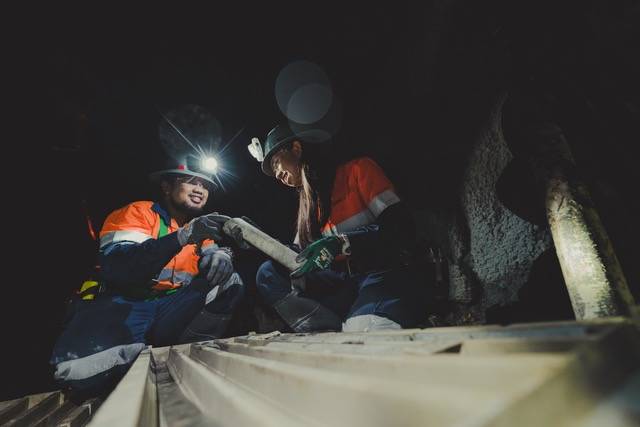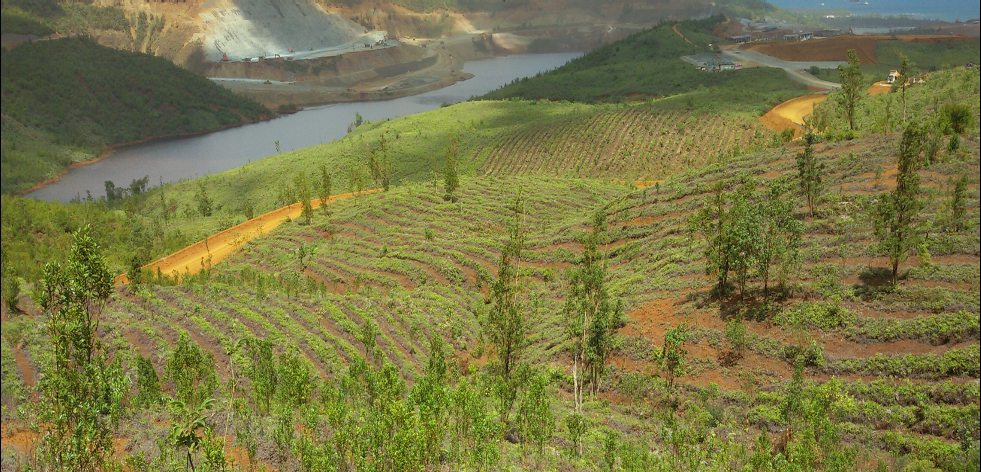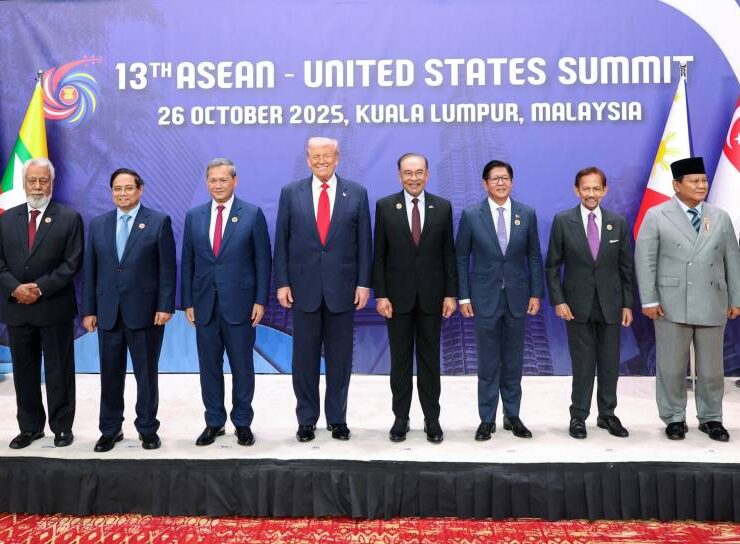Mining sector poised for growth

Despite metal price uncertainties amid a Trump presidency, the future looks bright for the Philippine mining sector this year, as the continued push for global energy transition, accelerated adoption of electric vehicles and geopolitical tensions abroad will drive the demand for metals.
“We remain upbeat on nickel given that the rapid adoption of electric vehicles and renewable energy technologies will undoubtedly drive demand in 2025 and beyond,” Chamber of Mines of the Philippines (COMP) chair Michael Toledo says in a Viber message.
Nickel is used in the production of lithium-ion batteries for e-vehicles.
The Philippine Nickel Industry Association (PNIA) anticipates nickel output to recover in 2025 following a year of slowdown and falling prices.
PNIA president Dante Bravo says nickel production likely fell short of production targets in the previous year as some companies stopped production due to inclement weather.
Bravo says they expect a “sharp increase” in nickel demand because of the increasing need for transition metals, buoyed by the boom in e-vehicle production, including batteries.
Still, Bravo says the sector will be able to “see through the challenges” with entities hoping for “a better policy and continued government support particularly in terms of coming up with a competitive fiscal regime and a more stable policy environment.”
Toledo says gold prices are tipped to reach $3,000 per ounce by the middle of this year. Citing experts’ estimates, the price of yellow metals may surpass the $5,000-level given the geopolitical uncertainties caused by tensions between the United States, China and Russia, as well as conflicts in the Middle East.
The COMP chair also says copper will demonstrate its increasing role as a vital indicator of global economic health and, like nickel, a catalyst of decarbonization efforts.

Trump 2.0
“We don’t know yet how the Trump presidency will affect commodity prices, particularly those of minerals needed for clean energy,” he says.
Donald Trump will be inaugurated as the 47th US president on Jan. 20, marking the beginning of his second term as America’s chief executive.
“Experts, however, believe President-elect Donald Trump’s return will only slow, but not stop, the global drive toward net-zero emissions,” he adds.
The country’s metallic production amounted to P195.92 billion in the nine months ending September last year, increasing by 3.17 percent from P189.9 billion in the same period a year ago, based on figures from the Mines and Geosciences Bureau (MGB).
The amount represents 78.67 percent of the 2023 metal output valued at P249.05 billion.
According to the MGB data, gold comprised nearly half or 47.23 percent of the total production. The volume of gold output reached 22,034 kilograms valued at P92.7 billion.
Nickel ore came second with a share of 21.94 percent or P42.98 billion, with production totaling 25.7 million dry metric tons.
The value of copper concentrate and mixed nickel-cobalt sulfide production stood at P28.61 billion and P27.92 billion, respectively. Meanwhile, silver output was pegged at P2.04 billion.
After a challenging period for the sector, COMP welcomes the changes initiated by the government to boost the development of the mining sector, such as President Marcos’ renewed call for the passage of a law rationalizing the mining fiscal regime and the Department of Environment and Natural Resources’ plan to introduce a digital application platform to all regions next year.
“We are delighted that President Ferdinand R. Marcos Jr. himself has said he is fully aware of mining’s importance to our country’s socioeconomic growth and of the issues that hinder the industry from attaining its full potential,” Toledo says.
The draft bill proposes a four-tier, margin-based royalty between 1.5 percent and 5 percent on income from mining operations outside of mineral reservations.
Currently, mining companies are slapped with a 2-percent excise tax on minerals extracted outside mineral reserves, while those extracting from within mineral reserves are required to pay an additional 5-percent royalty.
Those operating within communities hosted by indigenous peoples are required to pay at least 1 percent of their gross output.
“If a tax increase is unavoidable, then a margins- and windfall-profits-based tax scheme such as that approved by the House and now pending in the Senate will be the most preferred system,” he says.
Before this, the group laid out multipronged recommendations to President Marcos aimed at spurring investments in the sector, including a mining policy to clarify the role of national and local government units.
More reforms
COMP urges the government to simplify and expedite approval processes for mineral agreements by reducing application steps, eliminating redundancies and imposing clear-cut timelines. It also recommends implementing an online register of pending applications.
“We are happy to note that our government officials are busy working on our recommendations and look forward to their realization in the near future,” Toledo said.
Moreover, COMP called for the inclusion of a financial stability clause in all mineral agreements to address the unstable mining business environment and assuage potential investors in the sector.
Toledo says this will ensure the continuity of mining operations and uphold the sanctity of contracts, regardless of material adverse change in government policies that would prevent mining contractors from performing their obligations.
“Addressing these problems will undoubtedly attract more mining investments and put us in a better position to participate in a significant way in both extraction and processing of minerals that are vital to the production of renewable energy products,” Toledo says.





















